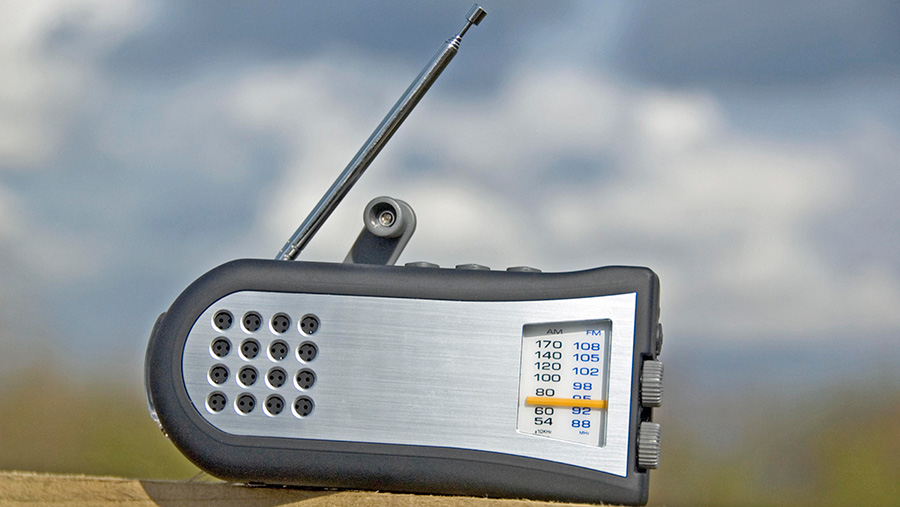Opinion: Radio has a role in the high-tech farming era
 © Environmental Images/Universal Images Group/REX/Shutterstock
© Environmental Images/Universal Images Group/REX/Shutterstock My father appointed me “head cowman” when I was 18 and I relished the challenge.
I quickly brought a radio from the farmhouse into the parlour during milking. I was sure the cows would like it and so, if I’m honest, did I, as most of the time it was tuned to the Light Programme – today’s equivalent of Radio 2 – and I enjoyed the music.
I also listened to the early farming programme on the Home Service – like today’s Radio 4 – to keep up to date with our industry.
See also: Festive cheer threatened by cold snap and TV ad
Breakdown
Then, one Christmas, the black-and-white TV at home in the farmhouse broke down.
Those old sets were unreliable so we were faced with the prospect of a quiet Christmas.
But my mother, an enthusiastic royalist, was determined not to miss The Queen’s speech on Christmas afternoon and I was instructed to bring the radio back to the house.
My warnings that milk yields would drop were ignored.
Mother had to be obeyed and the family listened to radio through the holiday period because no-one could be found to repair the TV.
Milk yield
My predictions on yields proved correct for the first few of the 12 days of Christmas as the cows got used to quietness.
But the 10% reduction for those few days was easier to tolerate, my father said, than mother’s irritation would have been without the entertainment.
And yields soon recovered when the radio returned.
In those days when most horse power was measured in real horses, the radio might have been considered high tech.
Soapy communication
After all, The Archers was one of the means government then employed to communicate new ideas to working farmers.
How that soap’s message has changed over the years.
Today it concentrates on how farm managers subject their wives to mental torture.
An everyday story of country folk it is not.
And 21st century high tech includes robot milkers, satellite guidance of machines, yield mapping and all that implies.
There are apps on mobile phones on how to control blackgrass; the chemicals to apply to deal with dozens of different problems; the amount of protein in animal feed for given performances; and so on.
There seems no end to the ingenuity and information that can be transmitted to tiny mobile phones via microscopic chips.
And if fingertip expertise fails, the same phones devices can tell where the nearest pub is situated so you can quickly find a place to drown your sorrows.
Drones
There can be little doubt that robots and drones, already used by the most erudite producers, will soon become commonplace and I for one will welcome some of those developments.
The increasing size and weight of much of today’s tackle concerns me no end. We can’t go on building things bigger and bigger and, by implication, making them more expensive.
The roads aren’t big enough for one thing and, the more a machine weighs, the greater the damage it does to soil structure, despite wide tyres.
So, smaller, lighter, robotic machines could and should have a bigger place on farms in the future.
Museum piece
All of which makes my steam wireless of long ago seem like something out of a museum.
But don’t write off radio. Prices and costs, we are told, are set to become increasingly volatile and fast moving.
Long-term stability is highly unlikely.
Up-to-the-minute information on the job must be easily obtained.
A radio in the tractor or the cowshed can still be a valuable business tool.
I for one will stay tuned.

